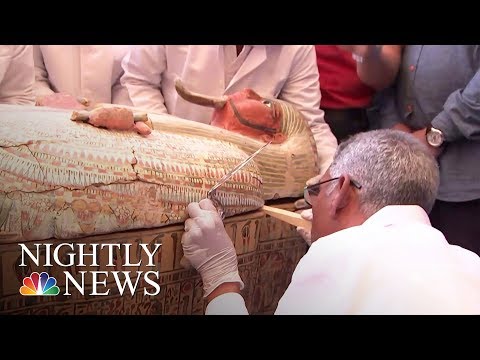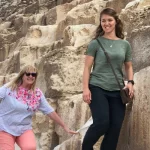Ancient Egypt Mummies
About Ancient Egypt Mummies
Ancient Egypt Mummies: Do you know how mummification was done in ancient Egypt? Although you probably did not know, Ancient Egypt Mummies were not always the same, and the ritual changed as concepts about death and later life changed. They began by burying mummies in the sand with few belongings, and they ended their tradition with closed boxes and coffins.
Why were the dead mummified?
The Egyptians believed in life after death, so preserving the body was especially important. The hard life in the desert made them believe that after death there would be an idyllic world. If a person was prepared, his three spirits – the Ka, the Ba, and the Akh– would pass together into the afterlife. To make them comfortable, they had to take clothing, food, and belongings, as well as preserve their bodies.
At first, the aim was to keep the body isolated from the rest of the world – the sand, the bugs, the humidity – so it was wrapped very tightly in strips of linen soaked in resin. Also, shapes were created in the bodies, so that it seemed that the dead were alive: sitting, with their arms up, etc. However, this did little to prevent bacteria from continuing to live inside the body, and eventually, these precarious mummies became skeletons.
From experimentation, the Egyptians realized that the process of decomposition started from the inside, in the internal organs, so, to avoid putrefaction, these organs had to be eliminated as well. This, together with natron, a natural drying agent, led to the ultimate mummification process.
The science and theology of embalming evolved over time, but without doubt, the best-preserved mummies are those of the twenty dynasties of the New Kingdom (1570-1075 AD).
Mummification in ancient Egypt
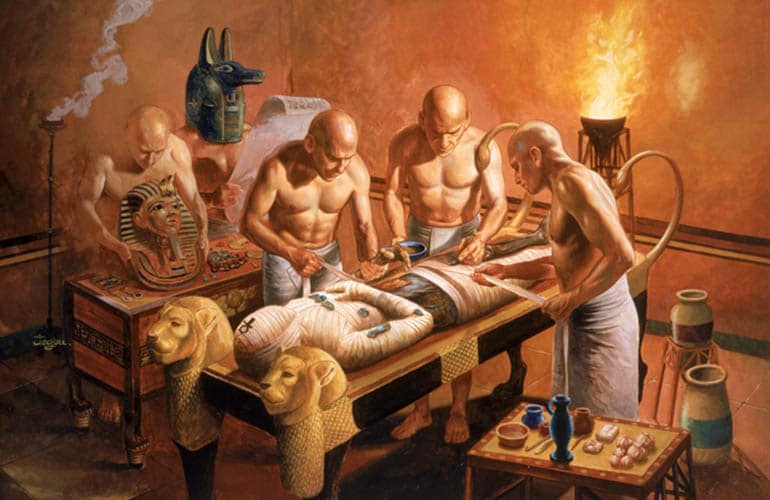
What are the 5 steps of mummification?
The mummification in ancient Egypt [ Read more about mummification ] process took place in the black Earth, a desert far from densely populated areas and with easy access to the Nile River. Work was carried out in open tents to ensure adequate ventilation.
1- Before the process began, the body was taken to the Ibu, There the embalmers wash his body with good-smelling palm wine and rinse it with water from the Nile, which represented a kind of rebirth.
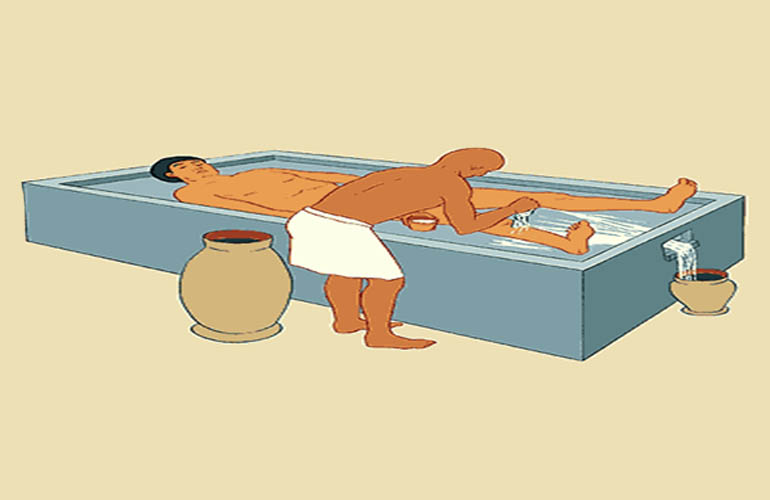
2- Then it was taken to Per-Nefer, where the process was started. The body was placed on a wooden table, the brain was removed through a tunnel made with a chisel through the nose, a hook, and a wooden spoon. Then the skull was washed. Strangely, the Egyptians did not try to preserve the brain, because they believed they would not need it in the afterlife.
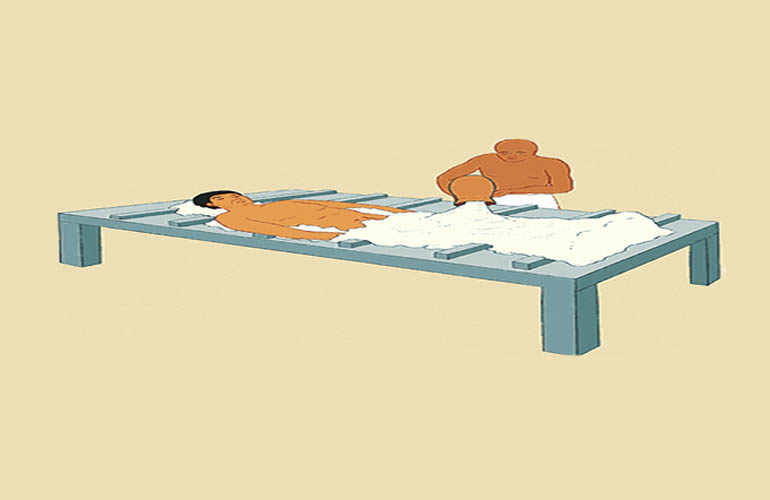
3- Then an incision was made on the left side of the body with an obsidian blade – a sacred stone – and all the organs were removed except the heart which was the center of the mind and emotions. The organs were washed, covered in resin, wrapped in linen and stored in the decorative ceramics. The cavity was washed with palm wine, and to maintain its shape it was filled with incense and other materials.
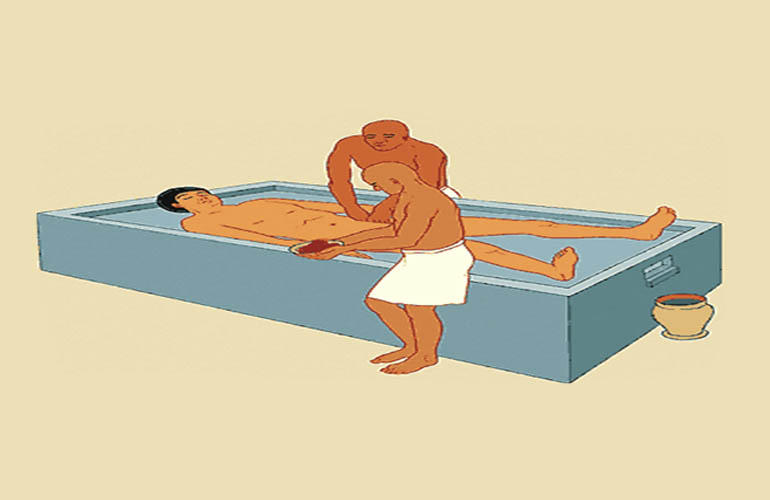
4- The body is moved to a sloping board and covered with natron powder, which, unlike sand, absorbs moisture without darkening or hardening the skin. It is left in the powder for 35 to 40 days, and then taken to the House of Purification, where it is cleaned, the incense is removed and refilled with natron and resin-soaked clothing, the incisions are sewn and the skin is bathed in resin.
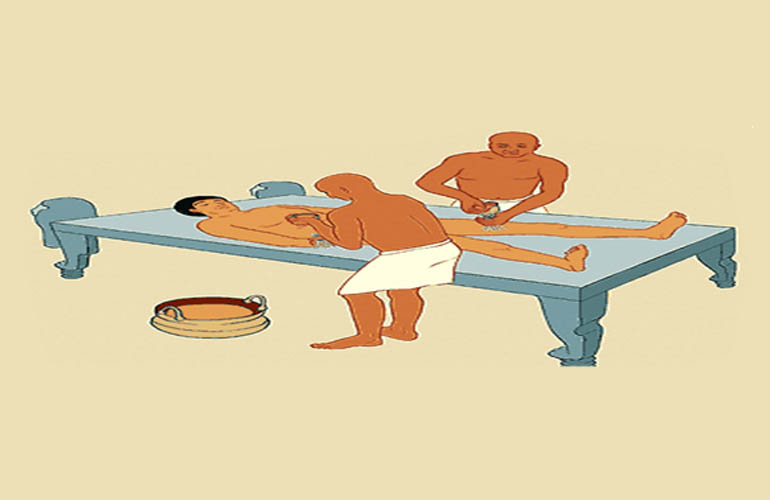
5- Finally, the body was prepared for bandaging, a complicated process that took a couple of weeks to complete. The family of the deceased had to gather approximately 375 square meters of linen, and the embalmers usually started the process on the hands and feet, then the head, arms, legs and finally the torso. Once each part was covered, they would start with a general layer, and in between layers they would put hot resin to glue the cloth together. During the ritual, incantations were pronounced and protective amulets were placed all over the body. The bandages protected from humidity helped to contain the body and gave a more realistic appearance.
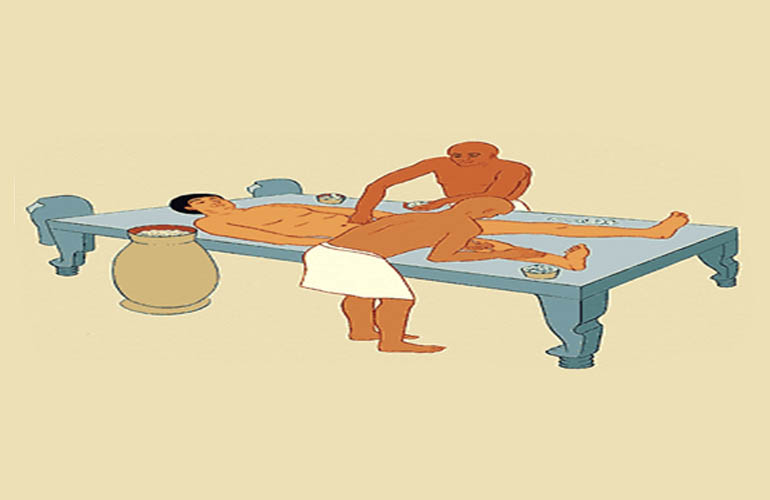
Canopic jars
Canopic jars were used by the ancient Egyptians. to protect the organs Imsety (a form of a human head) kept the liver, protected by the goddess Isis, represented the south wind.
Duamutef (a form of a jackal’s head) kept the stomach, protected by the goddess Neith, represented the east wind.
Hapi (baboon head form) kept the lungs, protected by the goddess Nephthys, represented the north wind.
Qebehsenuef(a form of a hawk’s head) kept the intestines, protected by the goddess Serket. [ Read more about Canopic Jars ]
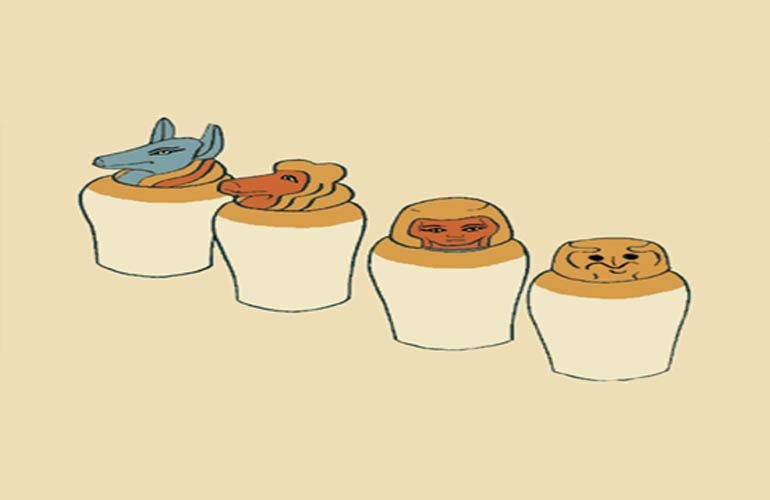
Once bandaged, the mummy was given a funerary mask, which could be a representation of the face of the deceased or of an Egyptian god. Finally, it is placed in a coffin decorated to look like a person. In the tomb, the priest disguised as Anubis would perform the “Opening of the mouth ceremony( mouth ritual ), in which the power of the five senses.
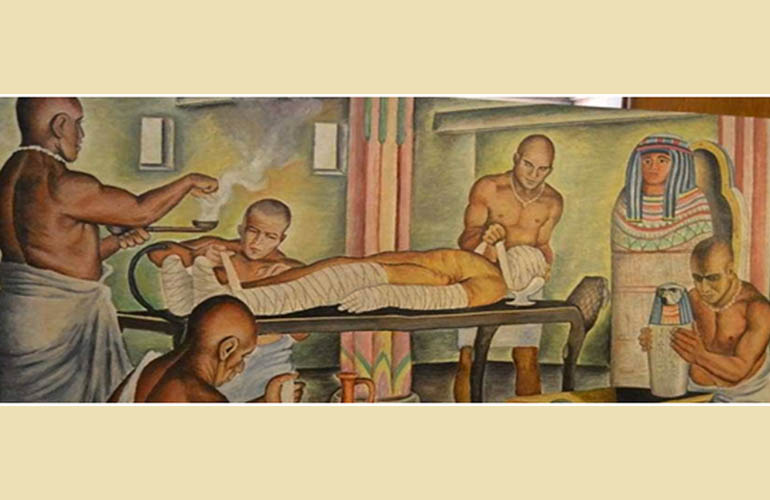
Ancient Egypt Mummies Story
It was 1881 when Gaston Maspero took over the direction of the Egyptian Antiquities Service in Egypt. Willing to discover where several antiquities were coming from that were flooding the black market, he came to Luxor from Cairo with that objective.
The secret that the brothers AbderRassul had kept for 10 years was about to be revealed.
After torturing and threatening them, Mohammed, the eldest of the brothers and head of the family, finally confessed. He finally revealed that he knew where the grave was that had long been held up to the authorities.
Two days after the confession, thieves and authorities went to the remote and arid area behind the hill of Gurna, one of the roads between the temple of Deir el Bahari and the Valley of the Kings.
There, in a well-hidden in the ground, they knelt down and crawled through the opening, traversing a very narrow corridor below ground until they reached a chamber. The room was full of coffins, some so colossal that they were literally wedged in.
When they began to decipher the cartridges on the coffin lids it was like a roll call in the history of the New Empire. One by one the names of the kings appeared: Ahmosis, founder of the New Empire, the three Thutmose; Ahmose-Nefertari, Amenhotep I, and other later kings like Seti I and the Ramses.
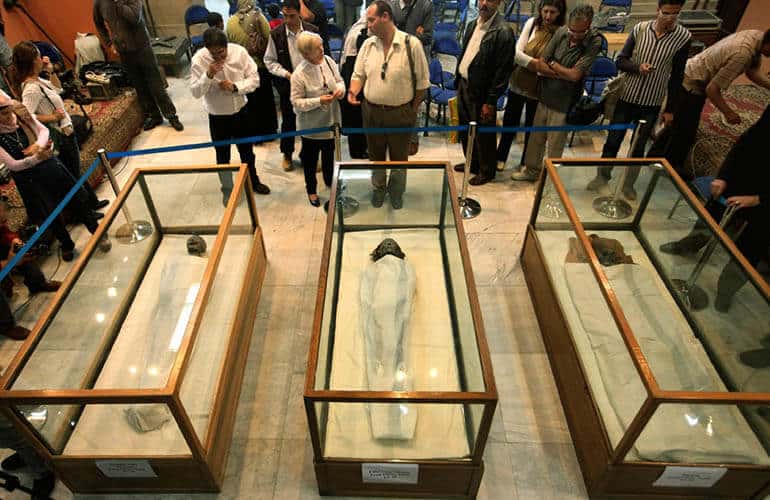
Queen Hatshepsut Mummy
Queen Hatshepsut has been resting for years in the third basement of the Egyptian Museum in Cairo. Scientists have had to conduct DNA tests and several scans of the mummy to determine that the remains that have been kept under lock and key for decades are those of one of the key figures of ancient Egypt, and not of her wet nurse, as had been thought until now. The key was in a tooth.
To identify the mummy, archaeologists have used a molar found in a funerary vessel bearing the queen’s name, which was found in the temple of Deir el-Bahari. The molar fits perfectly with the mummy’s teeth, which are missing precisely that molar, Hawass said at the press conference.
Queen Hatshepsut Mummy was one of two female mummies found in 1903 by Howard Carter – the same archaeologist who found Tutankhamun’s tomb – in a small Valley of the Kings tomb called KV60. In the tomb, of about 40 square meters, there were two mummies, and since then it was thought that one could be of the queen and another of her wet nurse, Site In.
Researchers describe the discovery as “the most important in Egyptology since 1922 when the tomb of the pharaoh Tutankhamun was discovered by the British Howard Carter”.
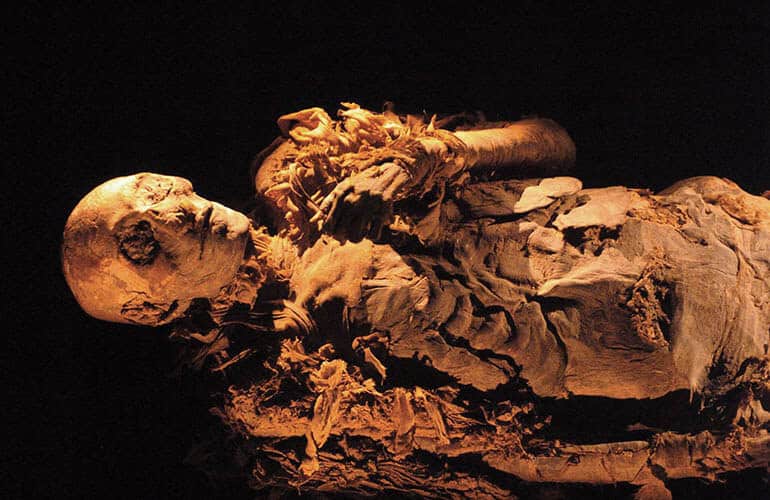
Ramses ii mummy
The mummy of Ramses II, which was considered one of the best-preserved, began to deteriorate and show signs of decomposition. The humidity to which it was exposed generated several types of fungi that threatened to endanger its conservation.
A group of expert French Egyptologists and restorers were chosen to preserve the mummy’s body; however, to carry out their work they needed the remains to be moved to France.
Since the laws of that country dictated that any person, living or dead, who entered its borders had to carry his or her valid identification document in order to enter legally, the Egyptian authorities issued the migratory documents so that the journey could take place without any problem. This document was generated when the king was already more than 3,000 years dead.
It was in this way that Ramses II traveled on September 26, 1976, to Paris and was received at Le Bourget airport with the honors to which every king is entitled when he enters France.
After the restoration of all the remains of the pharaoh in the Ethnological Museum in Paris, they were returned to their country of origin and are still on display at the Egyptian Museum in Cairo.
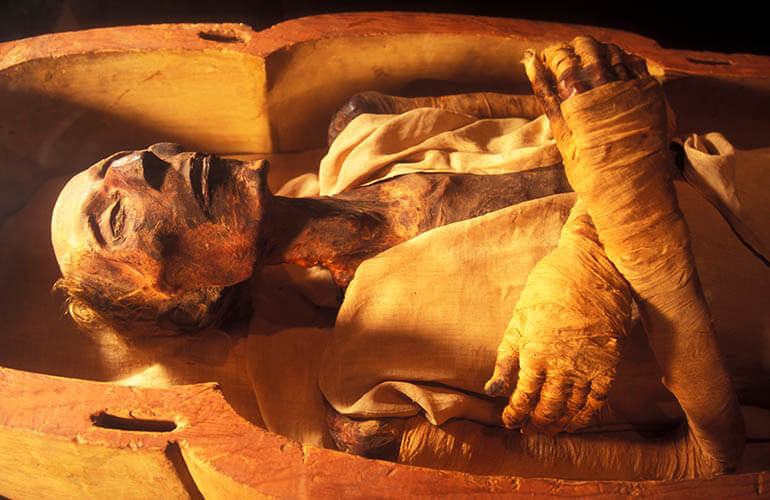
Tutankhamun’s mummy
One of the most representative mummies of the Egyptian world was that of Pharaoh Tutankhamen, King of Egypt (1346-1337), whose discovery is full of suggestive legends, although one of the oldest mummies discovered corresponds to a princess with an unknown name.
The mummy of the Pharaoh Tutankhamen was taken from his sarcophagus and revealed to the public for the first time in history amidst great media attention.
Carter used iron bars to separate the mummy from its mask and also manipulated it with violence to separate its amulets from its shroud. “The result is that today the mummy is divided into 18 different pieces,” said the Egyptologist.
Likewise, the director of the Valley of the Kings was in favor of the theory that the pharaoh died in an accident when he fell from a car and not, as other hypotheses suggest, murdered. That happened more than 3,300 years ago. The mummy of Tutankhamuns located in his tomb in the valley of the kings.
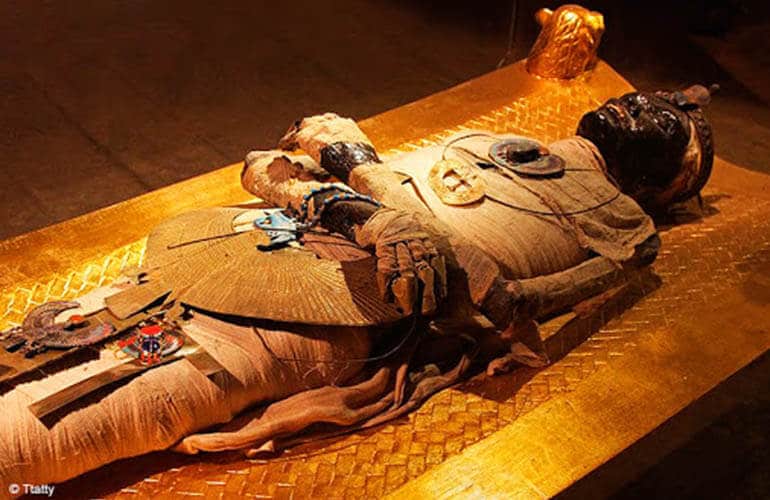
Related Articles:

